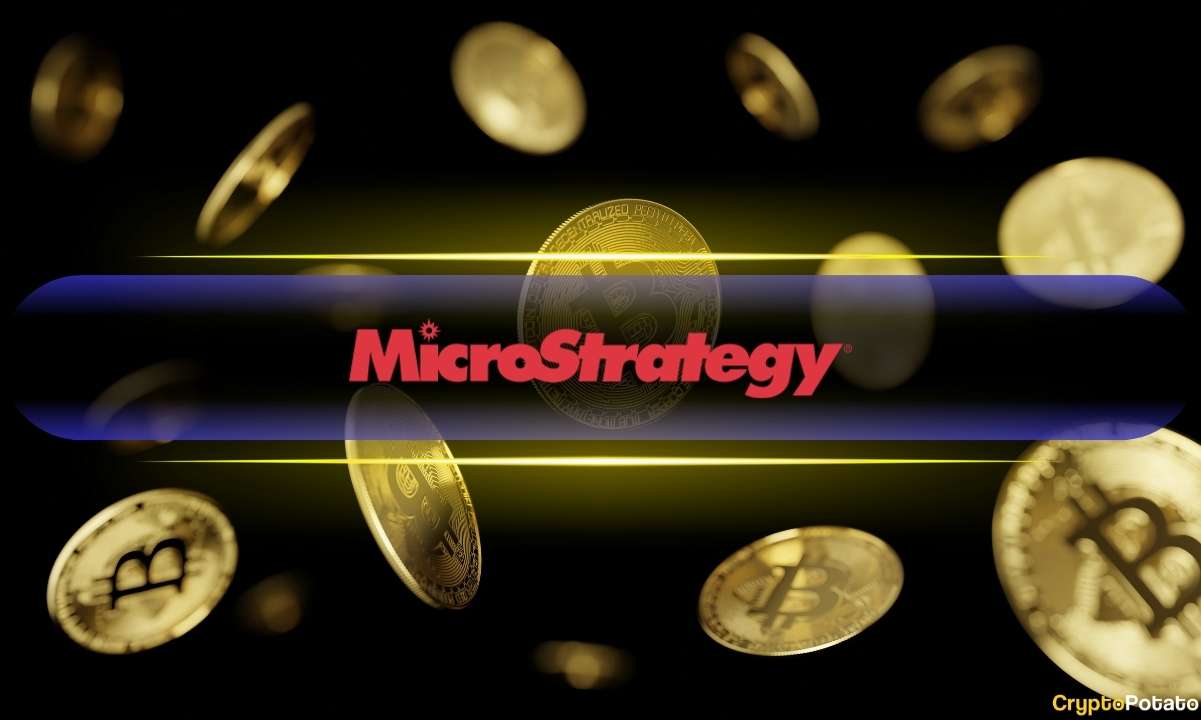A Beginner’s Guide • Benzinga

U.S. investors who want to diversify with global stocks don’t necessarily have to go to a foreign exchange. You can buy shares of many of the world’s top companies through American Depository Receipts (ADRs).
Here’s everything you need to know about ADRs, how they work, and some of their benefits and drawbacks.
What is an ADR?
Many overseas companies list their shares on U.S. stock exchanges through an ADR, which is a negotiable certificate that represents a specific number of shares held in a foreign company’s stock. It’s usually on a one-to-one ratio.
ADRs are issued by a broker or a U.S. bank and can be listed on a major stock exchange or traded over the counter (OTC).
Types of ADRs
When a company wishes to offer its shares to U.S. investors, it has to choose between three different levels.
When a foreign company and a domestic bank enter into a legal agreement, an ADR is sponsored. The bank is responsible for the sale and distribution of the shares, dividends and recordkeeping, while the foreign company retains control of the ADR and bears the expenses. Banks working with foreign companies issue only one ADR that’s part of the sponsored program.
Sponsored ADRs are traded on a stock exchange and may fall under Securities and Exchange Commission (SEC) oversight to varying degrees.
A foreign company doesn’t participate in, permit or get involved in an unsponsored ADR certificate. Brokers and dealers can issue the shares, which could result in different unsponsored ADRs for the same foreign company.
Unsponsored ADRs trade over the counter, and registration with the SEC is not required. They’re usually more speculative than sponsored ADRs with added risk.
ADR Levels
Level I: Level I ADRs are not listed on stock exchanges and the shares can only be traded on the OTC market. Companies in Level I have minimal reporting requirements to the SEC. They do not issue quarterly or annual reports.
Level II: Level II ADRs can trade on U.S. stock exchanges. The company is required to comply with higher SEC regulations than Level I issuers. It has to register with the SEC and file annual reports. If it doesn’t meet the regulatory requirement, it can be delisted or downgraded.
Level III: Level III companies enjoy the highest privileges. They can float a public offering of ADRs and raise capital on U.S. exchanges. However, they have stricter reporting rules and are required to file a registration statement and annual reports. Some examples of foreign companies on this level are Vodafone Group (NASDAQ: VO) and Grifols (NASDAQ: GRFS).
Benefits of an ADR
Besides portfolio diversification, ADRs offer a quick and convenient way to invest in foreign markets. They also make it convenient for non-U.S. companies to access the U.S. capital market.
Represent ownership of a foreign stock: ADRs give investors an ownership of a foreign stock. Each ADR usually represents the same number of shares, and some pay dividends too.
Trade on American stock exchanges: The New York Stock Exchange (NYSE) and the Nasdaq list ADRs. You can trade, settle and hold listed ADRs as U.S. stocks.
Valued in dollars: Since ADRs are denominated in U.S. dollars, you don’t have to transact in foreign currency and bother with foreign exchange fees.
Liquid way to invest in foreign companies: It is easy to buy or liquidate your securities. You do not need to use international brokers or go through a tedious process.
Drawbacks of an ADR
Taxation on capital gains: The proceeds from ADR holdings could attract income or capital gains taxes. You could also be double-taxed. The dividends and capital gains realized from ADRs are in U.S. dollars, and the bank will withhold the amount needed to cover the taxes and conversion expenses.
Exchange rate risk: There is a risk that the currency of the issuing country drops relative to the dollar.
Compare ADR Brokers
In addition to delivering the latest market news and trading signals, Benzinga highlights brokers who can offer you access to ADRs. Finding the right broker can help you avoid unnecessary fees that can cut into your overall returns.
Questions and Answers
A
ADRs can be purchased through any standard brokerage firm that offers trading services for U.S. stocks. Investors simply need to search for the ADR ticker symbol and place their order, similar to purchasing other stocks.
A
ADRs can pay dividends, but the payments may be affected by currency conversion from the foreign company’s home currency to U.S. dollars. The U.S. bank that issues the ADR typically converts the dividends and distributes them to investors.
A
ADR prices are determined by supply and demand factors in the U.S. market, similar to traditional stocks.
A
No, an ADR does not grant ownership rights like common stocks. ADRs are certificates that trade on the stock exchange and track the value of a foreign company’s domestic shares. They do represent the price of those shares, but do not give the same rights as common stocks.

